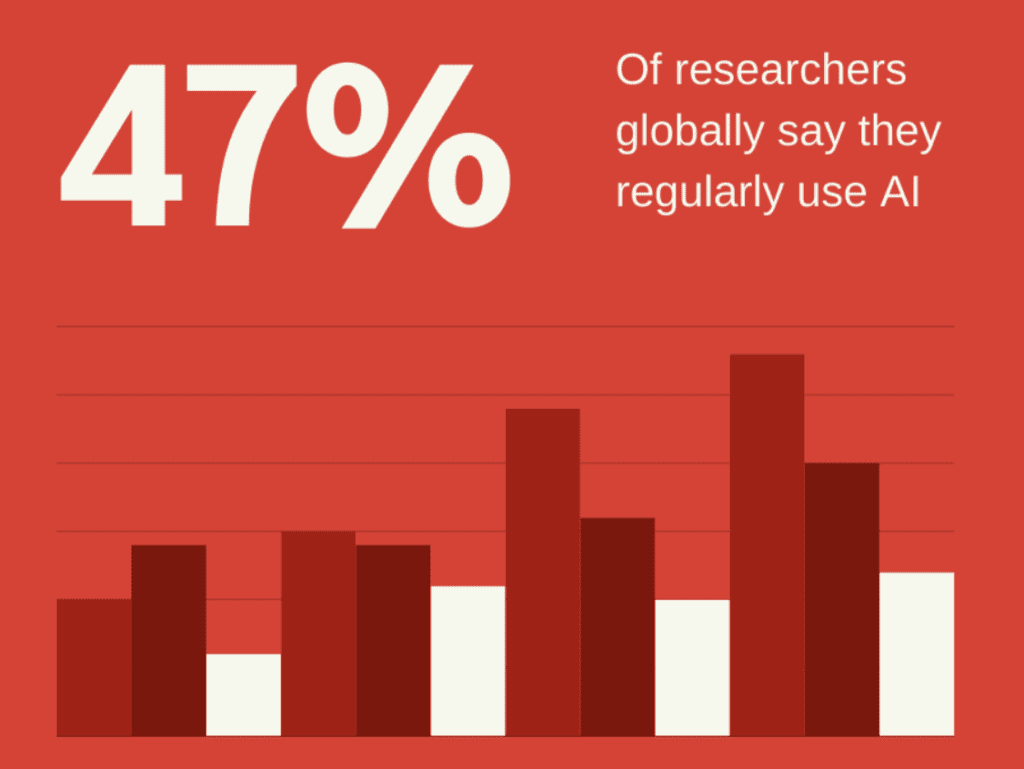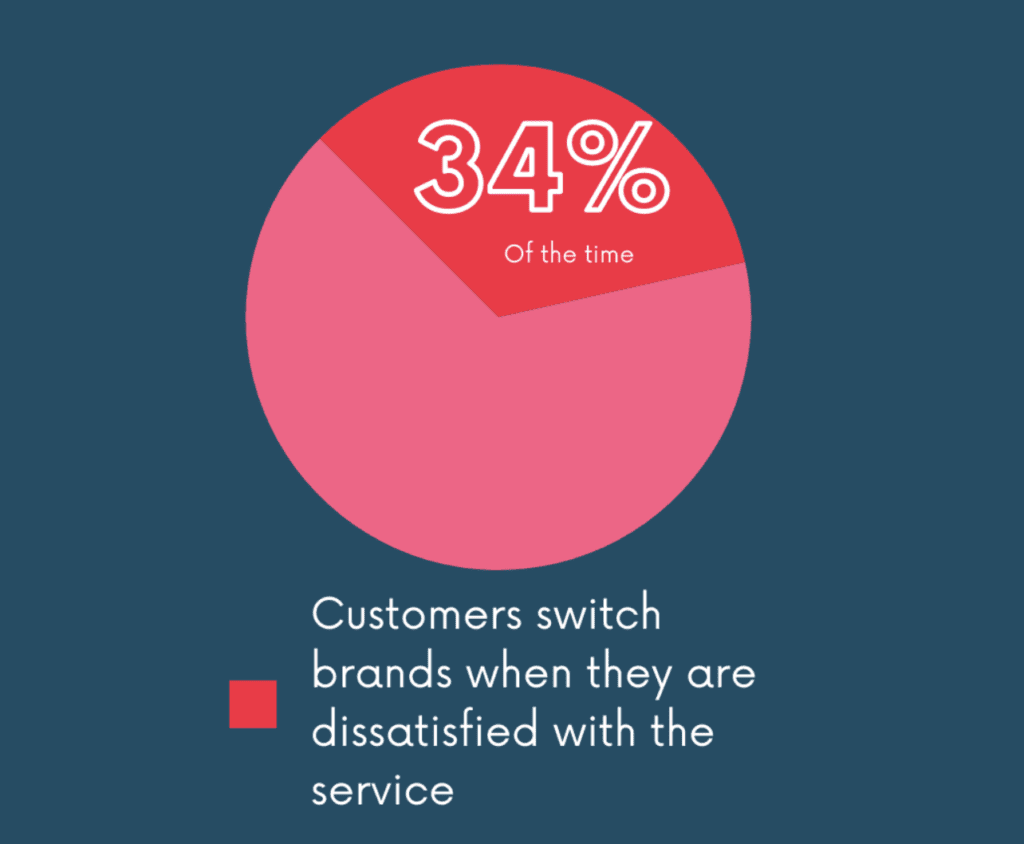TL;DR
- Focus your MVP on core user problems; ship fast, collect feedback, iterate
- Avoid feature creep, weak research, ignored feedback, and poor testing
- Instrument analytics to measure behavior and prioritize improvements
- Use research, PM, testing, and marketing tools to streamline launch
Fact Box
“Dive into the startup world’s essential guide to MVPs-skip the common pitfalls and secure your path to success.”
Are you feeling rushed to disrupt the market? Wondering if speed truly trumps stability? Does your MVP have what it takes to thrive? Steve Jobs once said, “You’ve got to start with the customer experience and work back toward the technology-not the other way around.”
The startup scene thrives on innovation, but a hasty launch can be its Achilles’ heel. Data from CB Insights reveals that 70% of startups scale up too fast without a robust base, leading to their demise. Establishing a solid MVP is not just about building a product; it’s about crafting experiences that resonate.
With a background in tech startups and numerous successful launches, the author brings a wealth of firsthand insights. Having navigated the highs and lows of startup dynamics, their expertise is not just theoretical but tested in the fires of the market.
By the end of this article, you’ll know how to strategically design, test, and refine your MVP. You’ll gain tools to not only avoid common mistakes but also to deeply connect with your target audience and significantly boost your chances for long-term success.
MVP: More Than Just a Fancy Startup Term
“Slow and steady wins the race” is a proverb you may have heard. That certainly holds for startups as well, particularly for product launches. It’s where the idea of a minimum viable product, or MVP, enters the picture. Consider it your product’s training wheels-a trim, effective version that enables you to test the essential features with actual consumers before making a significant investment.
An MVP does not aim to include every extra feature imaginable. Instead, it concentrates on the crucial features that help your target audience solve a particular issue. By focusing on the essential features, startups can obtain insightful feedback and swiftly adapt to develop the product based on genuine user insights. This strategy increases the likelihood of long-term success and better uses available resources. Launching with an MVP offers several significant benefits.
Early User Feedback
The MVP is your opportunity to test your product with users and observe their engagement. Their criticism is quite insightful! Most significantly, it confirms if you’re even addressing the correct problem in the first place. It assists you in determining what functions well and what needs adjustment. 
This early user input can help you save time and money by enabling you to make the required adjustments before making significant development investments. Furthermore, introducing your product with an MVP might assist you in drawing in early users who are enthusiastic about its possibilities and prepared to offer insightful feedback on subsequent versions.
Reduced Risk and Costs
Creating a finished product can indeed be costly and time-consuming. Using an MVP reduces financial risk and enables more effective resource allocation based on user feedback by allowing you to test the market with a more basic version.
Before committing to a larger-scale project, you may also measure market interest and confirm your idea by starting with an MVP. This iterative process may result in a more successful and long-lasting product.
Faster Iteration
The beauty of an MVP is its simplicity. Since it’s not bogged down with complex features, it’s easier to adapt and iterate based on user feedback. It allows you to continuously improve your product and ensure it stays relevant to your target audience’s needs.
Prioritizing the most important features will also enable you to launch your product more quickly and begin making money earlier. It can support your project while you work to improve and expand upon it in response to user feedback.
What makes a successful MVP?
It all comes down to finding a balance. You should not overburden your consumers with superfluous bells and whistles but provide just enough essential functionality to make a meaningful difference. Recall that the purpose of an MVP is to validate your main idea and get input for further development.
You may effectively validate your idea and decide on the course of your product by concentrating on the features and functionality that are most important. An effective MVP lays the groundwork for a long-term, scalable, and profitable solution. Your MVP should be:
Functional
In its most basic form, it must fulfill its primary goal of providing people with a solution to a problem. It should also be straightforward and uncomplicated, eschewing extraneous features that can make using it more difficult. This balance may help you build a solid basis for your product’s growth and development.
A successful MVP should be able to gather valuable feedback from early consumers to enhance it even further. Concentrating on key features and usability can ensure that your MVP fulfills its objective and paves the way for future success.
Usable
An awkward or perplexing user interface will leave users with a negative impression. Make sure the experience is user-friendly to get insightful input. Incorporating this input would help improve your MVP in subsequent iterations.
In the end, increased user engagement and retention will result in a successful product launch. By prioritizing and implementing user feedback, you can ensure that your MVP meets the needs and expectations of your target audience. Never lose sight of the fact that giving clients a product that fulfills their demands and brings them happiness is the goal.
Measurable
Integrating with analytics tools can help you monitor user behavior and pinpoint areas for development. A data-driven strategy can also assist you in prioritizing improvements that will benefit your consumers and help you make well-informed decisions. If you monitor and analyze user interactions regularly, your product will always change to suit their needs.
Collecting and evaluating data ensures your product is still valuable and relevant to your target market. Remember that responding to user feedback and behavior by changing and growing is the secret to success.
Note that an MVP is not the goal; instead, it is a means to an end. Developing a product that genuinely connects with your target market and sets your company up for success can be achieved by utilizing the MVP’s power and releasing it slowly instead of hastily.
Common Pitfalls in the MVP Journey: The Path to Success
The minimum viable product (MVP) is essential to successful product development in the startup environment. Before investing in features and functionality, it enables the early evaluation of fundamental functionalities with actual users. Many business owners make the same mistakes when going through the MVP process.
However, navigating the MVP journey is not without its challenges. We’ll review typical mistakes and best practices in this section to ensure your MVP puts your product on the right track.
Inadequate Market Research
Skipping market research can be a fatal flaw for an MVP. A thorough understanding of your target market-their needs, pain points, and existing solutions-is crucial. Without this knowledge, you risk developing a product that fails to address a genuine market need.
Ensure your MVP addresses an issue that appeals to your target market by devoting resources to competition and user research. It will assist you in ranking the elements that offer the greatest value and setting your product apart from rivals. Furthermore, getting input from prospective consumers as soon as possible can assist in confirming theories and direct further iterations of your MVP.
Feature Creep
Stuffing your MVP with every feature imaginable may not be a good idea. An MVP should concentrate on essential features that offer users a particular value proposition. To prevent feature creep, which can extend development deadlines and divert attention from the crucial user experience, prioritize features according to the user’s demands. Focusing on the most crucial features lets you release your MVP more quickly. It will allow you to collect valuable consumer feedback sooner.
Neglecting User Feedback
User feedback is the lifeblood of a successful MVP. Actively solicit feedback through surveys, user interviews, and beta testing. Analyze user behavior through integrated analytics tools to identify areas for improvement. Bear in mind that the MVP is an iterative process. Use user feedback to refine your product and ensure it remains aligned with user needs.
Remember that an MVP’s ultimate objective is to validate your product idea quickly and make the necessary adjustments based on user feedback. If you don’t consider consumer feedback, you could release a product that doesn’t satisfy your target market.
Insufficient Testing
A well-tested MVP is essential for a smooth launch and positive user experience. Conduct beta testing with a select group of users to identify and rectify bugs and usability issues before a wider release. Usability testing helps ensure your interface is intuitive and efficient. Performance testing guarantees your product can handle the anticipated user load.
Pursuing online certificate programs can provide the necessary skills and knowledge for those looking to build a competitive edge in product development. These programs enhance your expertise and offer credentials that employers highly value.
In addition, many online certificate programs that pay well are designed to be completed quickly, allowing professionals to improve their qualifications without a significant time commitment. This can lead to better opportunities and more efficient project execution, especially when developing MVPs and launching new products.
Poor Marketing Strategy
During the MVP launch, a clear marketing plan is essential for creating interest and obtaining insightful user feedback. Develop a targeted pre-launch marketing plan that utilizes the proper channels to reach your ideal customer base. Effective MVP marketing techniques often focus on building a community around the product vision and its potential benefits for the target audience.
Avoiding these frequent errors and following best practices can maximize the MVP’s potency. It can assist you in developing a product that resonates with your target market and establishes your startup in the business application landscape.
MVP Toolbox: Equipping Yourself for Success

You’re ready for a successful MVP launch. That’s great! But before you dive in, let’s explore the treasure trove of tools and resources at your disposal to streamline the MVP development process:
Market Research Mania
Unearthing valuable insights about your target market doesn’t have to be a mystery.
Google patterns can indicate current search patterns and popular subjects. Social listening solutions like Brandwatch enable you to eavesdrop (in a good way!) on online conversations to better understand your target audience’s requirements and preferences.
SurveyMonkey and Typeform are fantastic options for crafting engaging surveys to gather user feedback directly.
Use these resources to collect both quantitative and qualitative feedback. It can help you adjust your MVP development plan and tailor your product to satisfy the needs of your intended market. By using these resources appropriately, you can make well-informed decisions that ultimately result in a successful product launch.
Using these tools, you may collect information to support your decision-making and customize your MVP to serve your target market better. By appropriately using these resources, you can ensure your product stands out and connects with consumers. Remember, market research is all about getting to know your ideal customer-these tools can be your secret weapon.

About 47% of researchers globally say they regularly use artificial intelligence (AI) in their market research. Artificial intelligence (AI) technology can expedite data collecting, save time and money, and offer insightful information. Businesses can get a competitive edge in understanding consumer behavior and preferences by integrating AI into their market research initiatives.
Project Powerhouse
Keeping your MVP development organized and on track is vital. Project management tools like Trello or Asana help you create visual roadmaps, assign tasks, and collaborate seamlessly with your team. Cloud storage platforms like Google Drive or Dropbox ensure everyone can access the latest files and keep your project organized, even if your team is spread out geographically.
These AI tools and platforms will help you create more quickly and efficiently, resulting in a successful product launch. Recall that fulfilling deadlines and providing your target audience with a superior MVP depends on remaining efficient and well-organized.
Feedback Fiesta
Getting user feedback is essential to the success of an MVP. You may test your product’s usability remotely using actual users by doing user testing, which gives you crucial insights into how they use it. UsabilityHub and other platforms provide options for getting feedback on mockups and prototypes, which can help you find areas that need work before launching. Remember the influence of social media. You may start a conversation and get early input from potential users by using Facebook groups or Twitter polls.
Additionally, contacting industry experts or conducting focus groups can provide valuable feedback on your MVP. Remember, the more feedback you gather, the better equipped you’ll be to make informed decisions and iterate on your product effectively.

Customers switch brands 34% of the time when dissatisfied with the service. Thus, early feedback collection can reduce customer unhappiness and boost brand loyalty. You may mitigate the risk of customers migrating to a rival by integrating feedback into your MVP and ensuring your product fulfills your target market’s needs and expectations.
Testing Time
A well-tested MVP is a confident MVP. Bugzilla is a popular bug tracking and management option, allowing you to identify and squash any pesky bugs before launch. BrowserStack and Sauce Labs are helpful tools for cross-browser testing, ensuring your MVP looks and functions flawlessly across different devices and platforms. Remember, thorough testing builds user trust and paves the way for a smooth launch experience.
Furthermore, user feedback is crucial to knowing how and where to develop your MVP. Consider utilizing surveys, interviews, and user testing to gather valuable insights for refining your product. By prioritizing testing and feedback, you can increase the likelihood of a successful MVP launch and long-term success.
Marketing Marvels
Creating a pre-launch buzz for your MVP doesn’t have to break the bank. Canva allows you to design eye-catching visuals for social media campaigns or landing pages. Mailchimp is a user-friendly platform for crafting email marketing campaigns that generate interest among your target audience.
Do not underestimate the value of content marketing. Write educational blog entries or make captivating movies to demonstrate your product’s potential and generate enthusiasm for its release.
Remember to engage with your audience on social media platforms to build a community around your MVP. Utilize analytics tools to track the effectiveness of your marketing efforts and make adjustments as needed for maximum impact.
Conclusion
While the MVP ride might be thrilling, a solid foundation shouldn’t be sacrificed for speed. Your MVP can become a strategic success instrument by prioritizing market research, focusing on key features, and aggressively soliciting user input. Remember that the MVP is meant to spark conversation rather than be a speech.
Most importantly, pay attention to your users. Accept the iterative process and use the tools and resources at your disposal. A smart strategy and a dedication to ongoing development can help your MVP develop into a product that genuinely connects with your target market and advances your ground-breaking idea into the future.
Recall that the degree to which your MVP fulfills the requirements and preferences of your intended audience will determine its eventual success. You should be open to using programs like Flatlogic to ensure your product stays competitive and updated. These applications could help you react to market developments and consumer input.
If you take a proactive stance and remain dedicated to ongoing enhancement, your MVP can develop into a revolutionary product. It can satisfy clients and propels sustained prosperity. Launch wisely, get enlightening feedback, and get ready to watch your product go off!
Comments